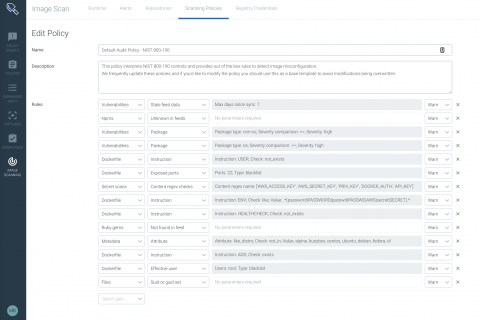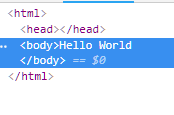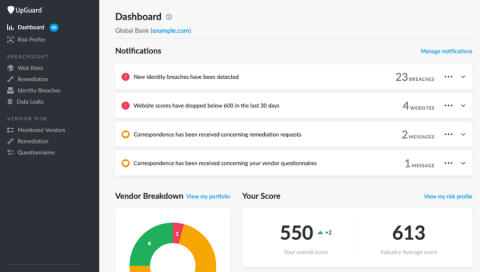Understanding the California Privacy Law Requirements
Another year, another privacy law on the horizon. In 2018, the big push for compliance with the European Union General Data Protection Regulation (GDPR). In 2019, companies are reeling from the new law governing data protection passed by ballot initiative. The California Consumer Privacy Act (CCPA) intends to place on companies who collect California residents’ personal information. But the question remains, in the morass of regulatory writing, “What is the CCPA?










